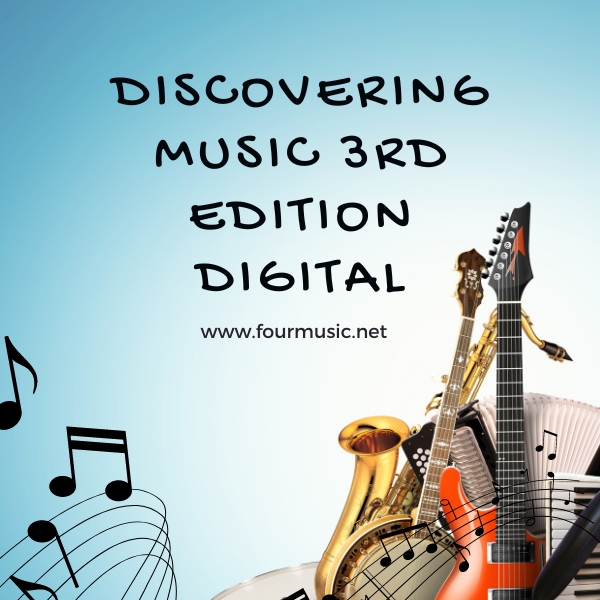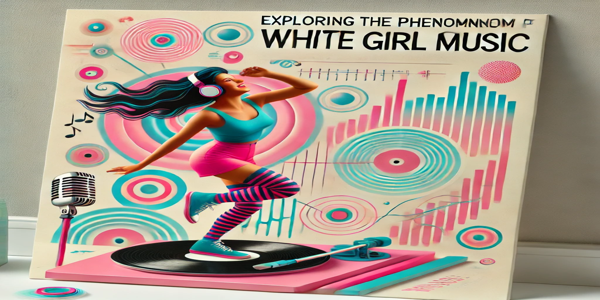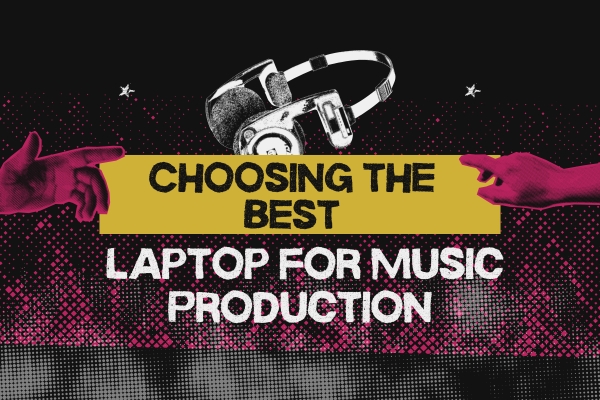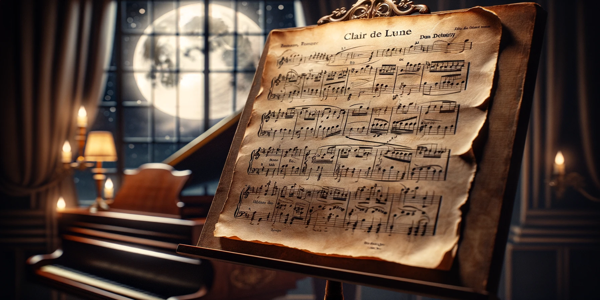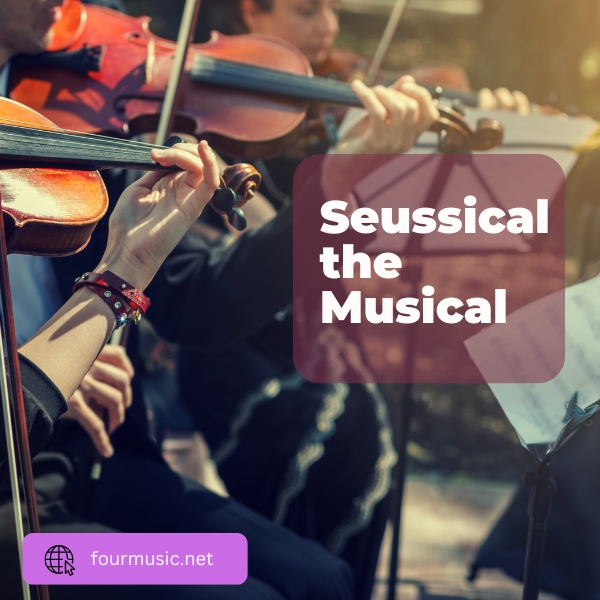When someone mentions “White Girl Music,” what comes to mind? Is it the nostalgic rhythms of Taylor Swift’s early hits, the dreamy vocals of Lana Del Rey, or Billie Eilish’s boundary-pushing ballads? While the term might initially seem like a playful stereotype, it encapsulates a cultural and musical phenomenon that resonates deeply with millions. This blog takes a deep dive into the origins, characteristics, and cultural impact of White Girl Music, examining how it has shaped and been shaped by its audience.
What Is White Girl Music?
Defining the Term: Stereotypes and Realities
“White Girl Music” is a term that emerged colloquially, often used to stereotype music typically associated with young, white women. It conveys an image of emotional vulnerability paired with catchy, relatable lyrics. While the term suggests exclusivity, the reality is quite different. White Girl Music resonates across genders, racial backgrounds, and ages, transcending its surface-level stereotype.
Origins and Cultural Perception
The term began gaining traction in the 2010s through memes and social commentary. It was often used to describe tracks and playlists that exuded themes like love, empowerment, heartbreak, and nostalgia. What makes it unique is its ability to be both a target for cultural parody and a source of genuine emotional connection.
Why the Term Has Gained Popularity
White Girl Music’s rise coincides with the digital age—an era of social media, curated playlists, and viral trends. The easy accessibility of streaming platforms mainstreamed certain artists and genres, attaching cultural influence to this specific type of music.
Characteristics of White Girl Music
Genres Commonly Associated with the Term
White Girl Music spans genres like pop, indie, folk, and even country. It blends acoustic sounds with synth-driven beats, creating a collection of tracks perfect for everything from solitary reflection to a girls’ night out.
Lyrical Themes and Emotional Resonance
The music’s lyrics often speak to experiences like heartbreak, self-discovery, and empowerment. It’s the tracklist for the soundtrack of life—evoking feelings people didn’t even know they harbored.
The Role of Vocals and Instrumentation
Soft, emotive vocals with vulnerable undertones are a hallmark of this category. Acoustic guitars, piano accompaniments, and indie-style production further define its aesthetic.
Popular Artists Representing White Girl Music
Taylor Swift: The Unofficial Queen
You can’t discuss White Girl Music without mentioning Taylor Swift—a pioneer in creating relatable narratives that balance poetic elegance and commercial appeal. “You Belong with Me” and “All Too Well” epitomize the genre’s emotional depth.
Billie Eilish and the Evolution of the Genre
Billie Eilish brought a darker, introspective edge, proving that angst and minimalism could redefine an erstwhile upbeat tradition.
Other Notable Artists
Artists like Lana Del Rey, Halsey, and Olivia Rodrigo also dominate the scene, each bringing unique perspectives to themes of love, heartbreak, and empowerment.
White Girl Music Through the Decades
The 2000s: The Rise of Pop Anthems
The 2000s gave us pop staples like Avril Lavigne’s “Complicated” and Vanessa Carlton’s “A Thousand Miles.” These tracks remain essential on any nostalgic White Girl Music playlist.
The 2010s: Acoustic and Indie Influences
Artists like Ingrid Michaelson and Florence + The Machine leaned into the indie and folk resurgence, championing the beauty of stripped-back, acoustically driven hits.
The 2020s: Evolving Trends and Diverse Representation
Today, White Girl Music embraces more diverse cultural influences. We see collaborations between American and non-American artists, pushing genre boundaries.
Key Genres Linked to White Girl Music
Pop and Dance-Pop
Think upbeat tracks by Ariana Grande and Dua Lipa, whose infectious rhythms anchor the genre’s dance-ready spirit.
Indie and Folk
Acoustic gems from Phoebe Bridgers and Bon Iver reflect a softer, more intimate side of this phenomenon.
Country and Singer-Songwriter Styles
Country artists like Kacey Musgraves tap into heartfelt storytelling, which adds depth to the genre’s repertoire.
White Girl Music Playlists and Curated Themes
Chill Vibes
Choose acoustic and indie tracks for a mellow mood. Artists like Norah Jones and Sara Bareilles shine here.
Party Anthems
Dance-pop favorites by Selena Gomez or Charli XCX ensure a high-energy vibe.
Heartbreak and Empowerment
Heartwarming emotional ballads by Adele, paired with anthems like Carly Rae Jepsen’s “Call Me Maybe,” empower listeners through highs and lows.
The Role of Social Media in Shaping White Girl Music
TikTok Trends and Viral Moments
TikTok launched hits like Olivia Rodrigo’s “Drivers License” into mainstream fame, making them essential tracks on White Girl Music playlists.
Instagram and Aesthetic Playlists
Influencers curate playlists promoting self-care and chill vibes, shared widely across Instagram stories.
Spotify and Apple Music’s Curated Playlists
Streaming giants thrive on guiding users via genre-relevant playlists like “Chill Hits” or “Mood Booster.”
Critiques and Controversies
Cultural Appropriation and Exclusivity
Some critiques suggest the term appropriates elements from other cultures while painting an exclusionary picture. These dynamics spark valuable debate about equity in music.
The Impact of Stereotypes on Artists
Artists tied to the term can feel boxed into a category, struggling to break away without alienating fans.
Misconceptions About the Term
The term often invites eye rolls, but it resonates broadly due to its emotional authenticity.
White Girl Music Across Cultures
Global Influence and Adaptations
International artists like Lorde and Mitski show that White Girl Music transcends borders.
Cross-Cultural Collaborations in Music
Tracks blending K-pop and Western pop highlight growing collaborations that enrich the genre.
Non-American Artists Who Fit the Mold
British artists like Ellie Goulding and Adele bring global flavors to this uniquely American-rooted term.
Psychological Appeal of White Girl Music
Nostalgia and Relatability
These songs transport listeners to specific memories, evoking relatability through universal themes.
Emotional Catharsis
Heartfelt lyrics and delicate delivery act as a therapeutic outlet for many.
Empowerment and Confidence Boosters
From Lizzo’s anthems to self-reflective tracks by Lorde, empowerment flows through the music.
White Girl Music in Media and Pop Culture
Iconic Movie and TV Soundtracks
Think “A Thousand Miles” in White Chicks—a staple in cinematic history.
Music Videos and Aesthetic Trends
The visuals often align with indie aesthetics, creating a cohesive cultural product.
Concerts and Live Performances
Artists like Taylor Swift have redefined what it means to create immersive experiences for passionate fanbases.
How to Create Your Own White Girl Music Playlist
Choosing the Right Artists and Songs
Blend classics like “Landslide” with newer hits for variety.
Balancing Genres and Themes
Mix upbeat tempos with melancholic ballads for emotional ebb and flow.
Tips for Creating a Perfect Listening Experience
Don’t shy away from newer artists alongside crowd-favorites, and ensure your playlist transitions smoothly.
Frequently Asked Questions About White Girl Music
Is the Term “White Girl Music” Offensive?
The term is layered and requires conversations about representation and societal stereotypes.
Can Non-White or Non-Female Individuals Enjoy It?
Absolutely! Music transcends demographics.
Why Does the Genre Resonate Broadly?
Its themes are universal, blending relatability with melodic charm.
The Enduring Popularity of White Girl Music
White Girl Music is more than just a label. It’s a testament to the power of music to unite people across demographics, offering solace, joy, and relatability. While the phrase can invite critique, it undeniably reflects a cultural phenomenon with long-lasting appeal.
Start building your personalized White Girl Music playlist today and celebrate the tracks that move you—literally and emotionally.
